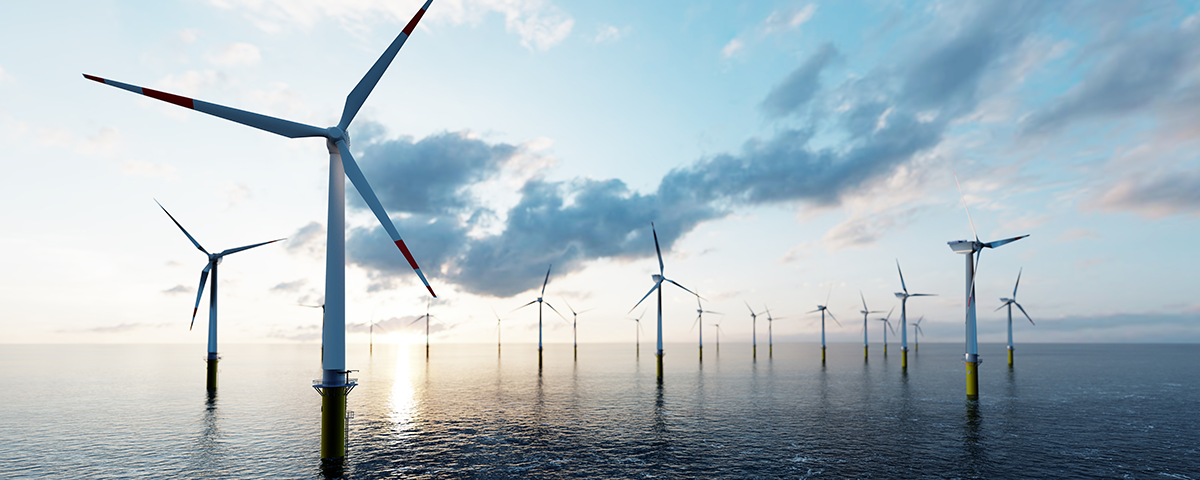
Unprecedented US Climate Bill Promotes Bullish Carbon Developments
<1 Min. Read Time
Earlier this month Senate Democrats came to an unexpected agreement to push through a $370 billion climate bill that would provide the most climate funding ever seen in the United States. The bill would, over a 10-year period, jump-start renewable energy, accelerate electric vehicle production, and develop cleaner energy sources.
Although the bill doesn’t have any direct impact on the cap-and-trade markets, it represents an unprecedented US commitment on climate and is likely to change the mood music.
Earlier this year, a controversial decision was made by the Supreme Court to restrict the Environmental Protection Agency's (EPA) power to combat climate change, which was seen as a huge setback to United States’ ambitious climate goals. However, the wording in the new climate bill passed this month, suggests they will likely bring back the power to EPA to regulate greenhouse gases.
The decision comes from the new law stating that the Clean Air Act, the United States’ primary federal air quality law, defines carbon dioxide produced by the burning of fossil fuels as an “air pollutant,” giving EPA back its regulatory power as it has the ability to regulate air pollutants. This power shift will give wind in the back of climate action and increase political motivation within the existing cap-and-trade programs to continue to accelerate their ambitious reduction targets.
In the Voluntary Carbon Markets, the bill gave funding to the EPA to assist in tracking voluntary greenhouse gas reduction commitments. The funds would mainly be used to support “enhanced standardization and transparency of corporate climate action commitments and plans to reduce greenhouse gas emissions,” according to the bill text.
Overall the bill promotes bullish developments, including carbon reduction pressure coming from increased political intervention. The EPA is likely to provide California and RGGI with more robust climate action infrastructure and to allow their cap-and-trade programs to serve as the central piece of those states’ climate action plans.










